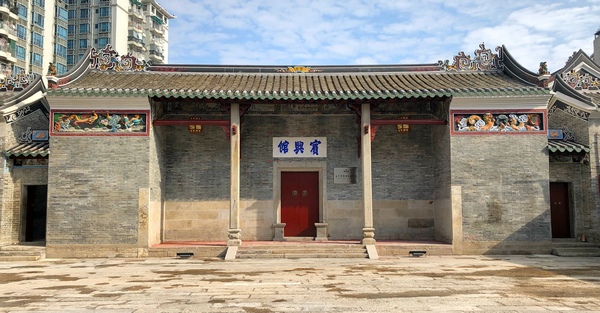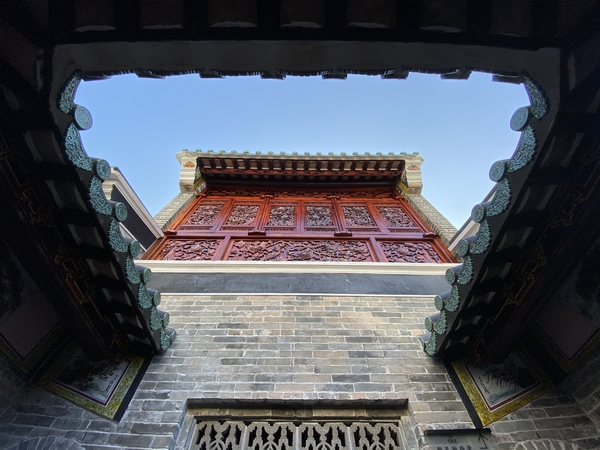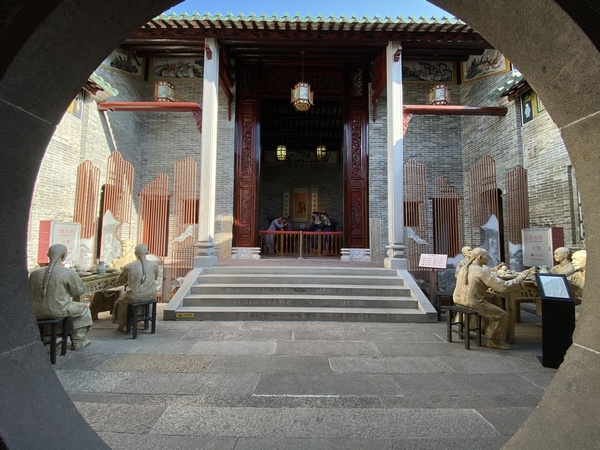Binxing Hall
Located at 10 Jin Dai South Street, Er Ya Lane Community, Qiaoxi Street, Huicheng District, Huizhou City, Binxing Hall was established in 1828 (the 8th year of the Daoguang reign) according to the inscription on the Binxing Hall Stele. It was originally built by local gentry from Huizhou to support local students in taking part in the imperial examination system. The building covers an area of approximately 1,100 square meters and faces southeast, with a rectangular layout consisting of two courtyards and two transverse buildings. The central axis of Binxing Hall follows the traditional Qing Dynasty architectural style, with a three-bay wide and two-courtyard deep layout. It features a hard gable roof with decorative grey sculpted ridge tiles, a combined beam frame structure using both pierced purlin and raised beam techniques, and a front gate adorned with carved stone supports and bracket sets. The structure is rigorous and its layout well thought out, preserving much of the architectural features from the early Daoguang period. On the walls are two important stone inscriptions—the Binxing Hall Stele and the Binxing Hall Articles, which provide valuable insights into the construction techniques and imperial examination system of the Qing Dynasty.
In June 2017, a restoration project was initiated, based on historical documents, to restore the hall to its original appearance. The restoration focused on the display of the imperial examination culture and transformed the building into an exhibition hall for the ancient imperial examination system. It was officially opened to the public for free on January 30, 2019.
In December 2015, Binxing Hall was designated as a Guangdong Provincial Cultural Relic Protection Unit.






-
扫一扫在手机打开当前页









